- Write by:
-
Wednesday, April 15, 2020 - 11:15:26 PM
-
533 Visit
-
Print
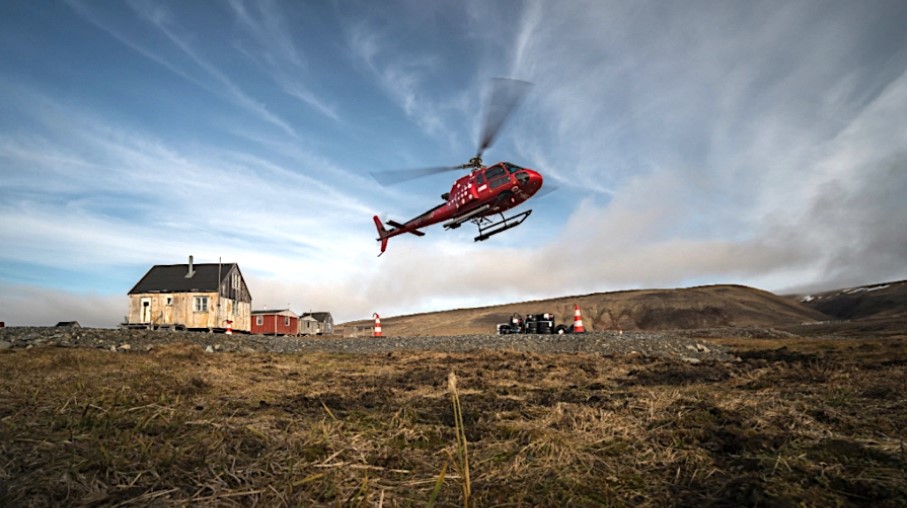
Mining News Pro - Bluejay Mining has expanded its footprint in Greenland after securing two new mineral exploration licenses surrounding its existing Kangerluarsuk zinc-lead-silver project in the country’s central west.
According to Mining News Pro - Bluejay can now conduct exploration activities across nearly 2,025 km2 near the southern tip of Greenland. The project, to be named Thunderstone, is described as being “highly prospective” for several commodities, including gold, base metals, and uranium.
Since Bluejay applied for the granted licenses, there has been an “explosion” in permit submissions in south Greenland, with a further 6,240 km2 potentially being taken by other juniors, the company said.
“Bluejay is already very familiar with this region and our technical team has several decades of combined expertise in the geology of South Greenland. This is supported by our recent re-analysis of all available historic stream sediment samples by modern analytical techniques,” chief executive Roderick McIllree said in the statement.
The licenses will hold no financial commitments for Bluejay, in line with the government’s recent adjustment of mineral exploration obligations for 2020 in response to the covid-19 pandemic.
Bluejay plans to move forward with its Dundas ilmenite project, after the governments of Denmark and Greenland acquired stakes in the company last year.
Ilmenite is considered the most important ore of titanium, used commercially in the production of paint, adhesives and personal care products such as toothpaste.
It’s also eying drilling campaigns at the nickel-copper-platinum-cobalt project at Disko-Nuussuaq and the lead-zinc-silver Kangerluarsuk deposit.
The company aims to produce between 440,000 and 600,000 tonnes of high purity ilmenite by the end of 2021.
Climate change
Miners have become increasingly interested in Greenland as thawing sea ice attributes to climate change, opens up shipping routes and exposes mineral riches. The phenomenon, however, has the country’s population divided, with some worried about the loss of tradition, while others embrace development.
Changing weather patterns has been critical to making the project viable, McIllree told Financial Times in November, as 25 years ago the location would only have been accessible to ships and for only two or three months a year.
Greenland, an autonomous region under the Kingdom of Denmark, is the world’s largest island. The US has operated an airbase on the northwest coast of the island since 1943.
The country makes its own decisions regarding investments in mineral resource activities, including the granting of licenses. The region recently issued more exploration and mining licenses in a bid to diversify its economy.
The US government has stepped up efforts to ensure the supply of critical minerals from outside China. As part of those initiatives, it recently signed a memorandum of understanding with Greenland to conduct a hyper-spectral survey to map the country’s geology.
Washington has also gained the support of Australia, which has committed to facilitate potential joint ventures to improve rare earth processing capacity and reduce reliance on Chinese rare earths.
The mineral agencies of both countries signed in November a research agreement to quantify their reserves of critical mineral reserves.
Short Link:
https://www.miningnews.ir/En/News/515946
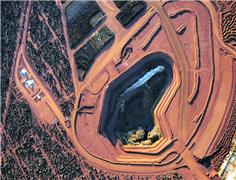
Australian miner Lynas posted a slump in third-quarter sales revenue on Wednesday, missing analyst expectations on the ...
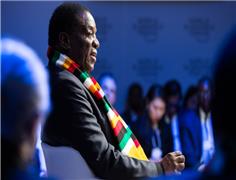
Zimbabwe’s President Emmerson Mnangagwa has re-appointed Winston Chitando as the southern African nation’s mines ...
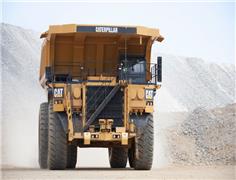
A new report by IDTechEx states that investing in e-haul trucks could result in major savings for miners due to the ...
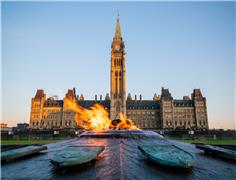
Canada and its Five Eyes Alliance partners are working on put forward a response to tackle the price manipulation of ...
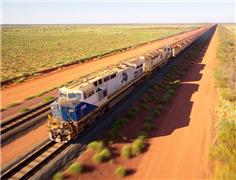
Australia’s Fortescue on Wednesday logged a larger-than-expected decline in third-quarter iron ore shipments, following ...
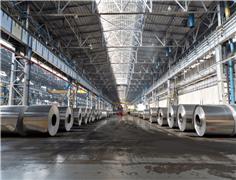
The London Metal Exchange is imposing new rules surrounding the movement of metal in its warehousing network, taking aim ...

Canada has granted Airbus a waiver to allow it to use Russian titanium in its manufacturing after becoming the first ...
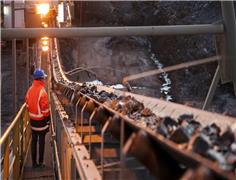
Copper traded near $10,000 a ton, hitting a new two-year high on its way, as investors continue to pile in on a bet that ...
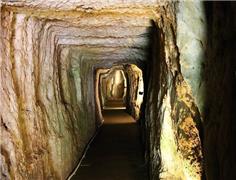
Adriatic Metals is taking over as the operator of the Rupice deposit development, which is part of the company’s Vares ...
No comments have been posted yet ...